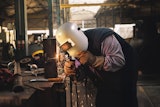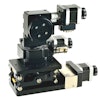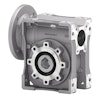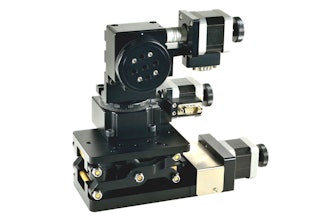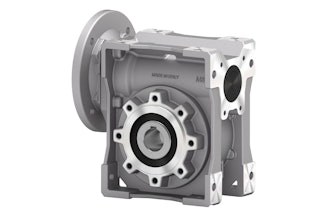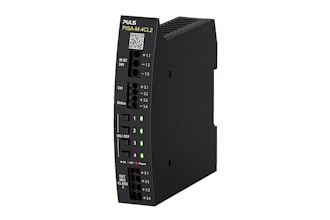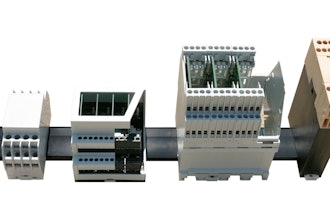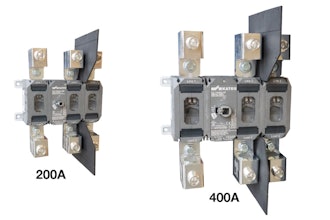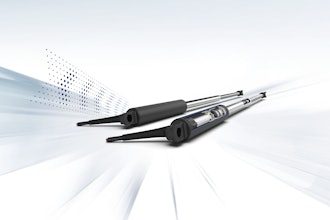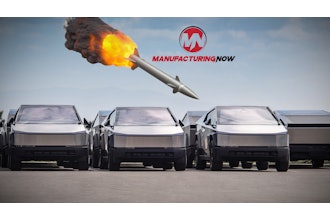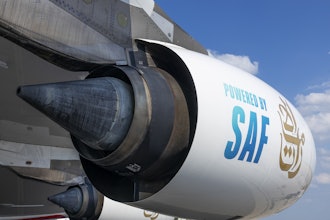
The development and critical need of COVID-19 vaccines has placed added pressure on manufacturers and logistics providers to meet historic demands. This means utilizing all available technologies and resources at their disposal in producing and distributing these essential products. Included in their arsenals are AI-based machine monitoring technologies that can help eliminate unanticipated downtime and delays.
To get a better feel for the challenges this presents to pharmaceutical manufacturers, we recently sat down with Artem Kroupenev, Vice President of Strategy at Augury. The company currently works with leading players in Big Pharma to ensure machine reliability throughout their production facilities - in both standard and cleanroom environments.
Jeff Reinke, editorial director: We’re seeing AI more readily embraced by the industrial sector. What do you think have been the key factors helping to generate this wider acceptance?
Artem Kroupenev VP of Strategy at Augury: Hype and potential used to be the main drivers of AI adoption, but the market has turned a corner so that now acceptance is based on seeing tangible results from key applications. Industrial companies are seeing AI use-cases and viewing the efficiencies as potential competitive advantages. The use of AI is becoming more standardized and easier to integrate into a manufacturer’s core capabilities. For these reasons, there has been a shift in AI being a “nice to have” to a “must have” for many industrial organizations.
When it comes to AI integrations and digitization, manufacturers have three main areas that can be improved:
- The business financial side.
- The operational side.
- The asset side.
The business side has been digitized to some extent with solutions for sales and forecasting. The operational side has been digitized to a lesser extent and the asset side is the area that is most stuck in the past. Assets haven’t changed much from the 70’s or 80’s. They are automated, but lack digitization. With our Machine Health solution, we are bringing those assets into the modern era through continuous monitoring and AI that can predict machine failures and prevent downtime.
The pandemic and resulting product shortages showed many of these organizations first hand how important it is to maximize the reliability and resilience of their machine assets.
JR: Pharmaceutical production is in the headlines for obvious reasons right now. Can you offer some details on how AI can help in such quality-intensive production environments?
AK: Many of the companies that were at the forefront of developing vaccines last year started their production before getting final approvals to distribute to the public. They wanted to make sure they could meet demand as best as possible which required an intense ramp to full capacity. There was a need to operationally manage machine assets beyond what they were designed to do. This made having early indicators of potential machine failures or issues even more critical.
When it comes to pharmaceutical production there are two areas that AI can help ensure reliable production.
- On the actual machines on the production, bottling and labeling lines. If those assets fail unexpectedly, it disrupts parts of batches.
- To monitor the assets responsible for the environment in which pharmaceuticals are produced or researched within. Vaccines need to be created in sanitized environments that have certain air pressures, temperatures, air flow and clean water pumped throughout.
If these auxiliary processes fail, it can lead to entire vaccine batches being spoiled. It can also take days or weeks to recreate the clean environment needed to continue production. Having early warning of potential failures is vital for reducing waste.
JR: What can you share to quell concerns about the cost and implementation times of these machine monitoring technologies?
AK: Previously, the monitoring of machines was handled manually, based on the experience and intuition of individuals, with no centralized method for accessing or analyzing the data received. With solutions like Augury, this lengthy, difficult process is now automated in a turn-key stack. While the implementation process of this type of solution may seem daunting for some, it’s in fact the opposite, with insights garnered quickly and easily.
The tremendous amount of information that is garnered is enabling users to see ROI in their first few months, cutting equipment costs and downtime in production at a record speed. In fact, when we implement our solution we typically uncover that 30 to 40 percent of a plant’s equipment has issues that they were unaware of.
JR: In what areas do you feel this technology has improved the most over the last 6-18 months? What are the next steps for AI-based machine monitoring?
There is a high level of prescriptive accuracy of diagnostic information. Our platform has shown to be 99.99 percent accurate in detecting issues around machine health, and over 95 percent accurate in telling what the issue is. Outside of accuracy, the technology is also creating a more collaborative environment - breaking down the barriers between maintenance, reliability and operations teams. Goals and strategies can be aligned between these teams using indisputable data.
In the next 18 months we will see the integration of AI-based diagnostics to further predict quality and operational issues, helping provide best practices on how to operate equipment for certain production processes. As this use case continues to see advancement, we’ll move beyond machine reliability and move into intelligent operations and optimization of production processes.
JR: Wrapping things up, what are some of your broad perceptions related to the health of U.S. manufacturing right now?
AK: In 2020, COVID-19 exposed major vulnerabilities in global supply chains , which led some manufacturers to adapt and in some cases to experience years of innovation within a single year. In 2021, this trend will continue with an increased focus on building resilience and agility via digitization, and also on reshoring or building of core production capabilities in the U.S.
As more manufacturers realize that accelerated digitization is key to creating both agility and resilience, they will continue to rapidly adopt technologies that provide control, flexibility, increased data and insights into production machines and processes . While there are pains associated with continued rapid digitization, it will help make the U.S. manufacturing sector a lot more resilient and competitive in the long term.
